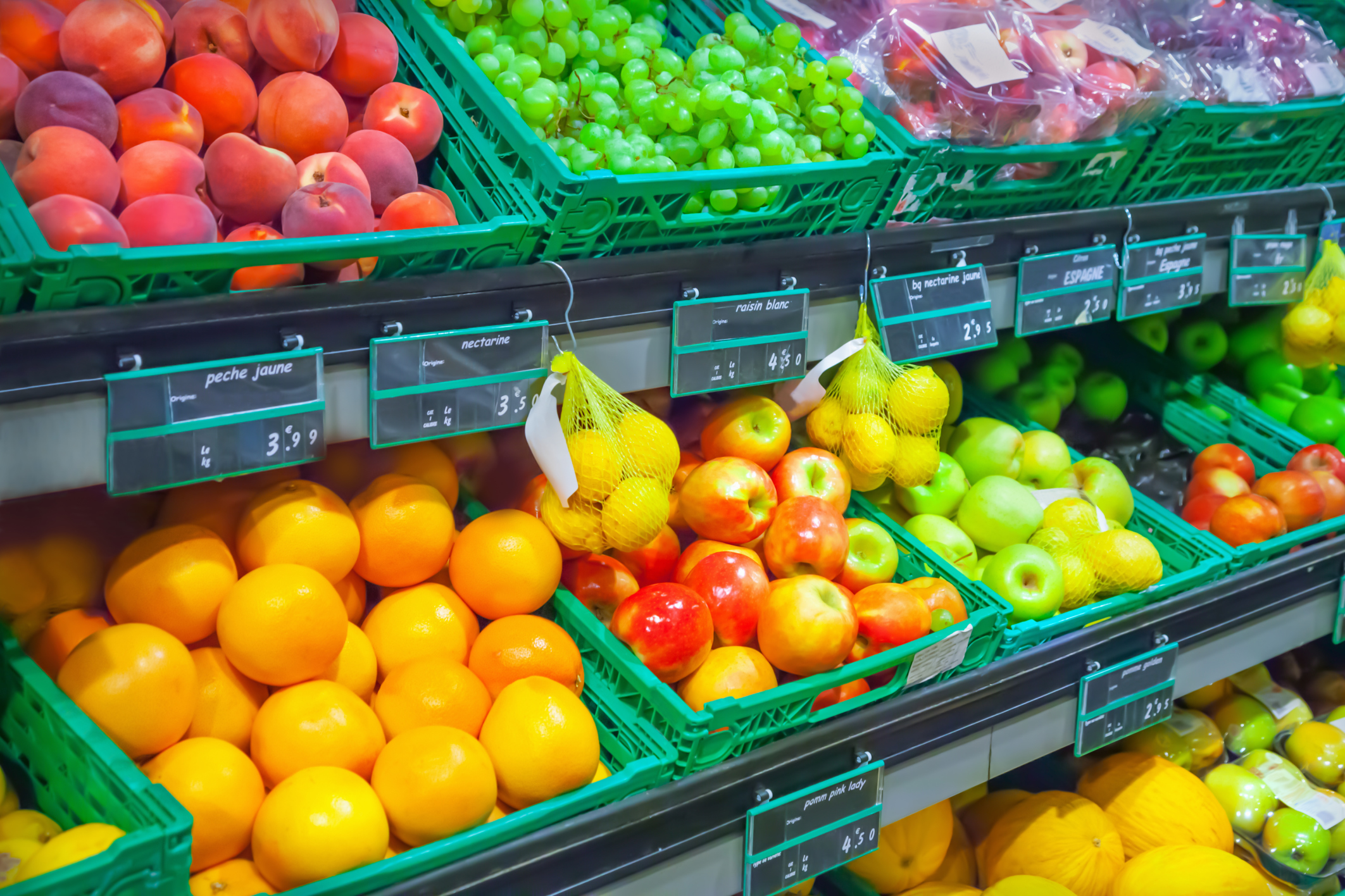
New agency rule focuses on preventing risks to food meant for human consumption.
Each year, as many as 1 in 6 Americans become ill from consuming contaminated foods. Investigations by the Centers for Disease Control and Prevention reveal that any type of food—from sprouted chia seeds to caramel apples—can become contaminated and lead to foodborne illnesses. To help combat these dangers, the Food and Drug Administration (FDA) announced a final rule that revises the agency’s regulation of certain facilities that produce food.
The foods covered by this rule are responsible for 903,000 foodborne illnesses, which collectively have an annual cost of approximately $2.2 billion. Although the rule does not quantify the total health benefits expected from the rule’s implementation, the agency estimates that if the rule can prevent just 157,000 of these illness, it will “break even.”
The rule contains three key changes to existing food production regulations and requirements.
First, the new rule requires covered food facilities to implement a food safety system and produce a written food safety plan. The written plan must identify and analyze “known or reasonably foreseeable hazards” to foods produced for human consumption, state what preventive controls will be put in place to minimize these hazards, and explain how the facility will monitor the preventive controls for effectiveness. If a hazard is identified within a facility, the facility must establish a written recall plan. The rule defines covered facilities as any facility that is required to register with the FDA and that engages in manufacturing, processing, packing, or holding of food.
Second, the rule modernizes the FDA’s current good manufacturing practice requirements, which impose procedural, maintenance, sanitary, and other requirements to ensure that processed food is safe for human consumption. Although the FDA created a Modernization Working Group in 2002 to research the effectiveness of current food safety regulations and possible improvements, the agency has not revised the good manufacturing requirements since 1986. The updates include a number of new binding requirements, such as training and education for employees that handle food.
Third, the rule expands the agency’s definition of “farms,” which exempts certain facilities from complying with the rule’s new requirements. Because farms are exempt from registering as a food facility with the FDA, they are not considered covered facilities and do not need to comply with the rule. The rule’s expanded definition of “farm” goes beyond typical farming practices, such as growing and harvesting crops, to include certain activities that take place off-site from the farm, such as food packing. Previously, facilities that exclusively performed these off-site activities were not considered “farms” and would have been required to comply with some of the new rule’s more demanding provisions, such as the written food safety plan.
The FDA called its new rule the result of “unprecedented outreach” that began before the rule was proposed in January 2013. The agency collaborated with the food industry, consumer groups, farms, academics, and all levels of government agencies. The proposed rule received thousands of comments from many different stakeholders, including food facilities, farms, trade organizations, food policy advocacy groups, public health organizations, and government agencies. The FDA also held webinars, hosted public meetings, and visited food facilities and farms across the country.
Several commenters from the farming industry expressed concern over the new definition of “farm.” These commenters desired a clearer explanation of the farming activities that are included in the exemption. Commenters worried they would not know if their farming practices were expected to comply with some of the rule’s more difficult requirements. The agency responded to these concerns with a promise to issue guidance documents that describe exempt activities in greater detail.
Commenters also asked the agency to issue guidance on many of the rule’s other provisions, such as the new hazard analysis requirement. In response, the agency promised to issue guidance to help the affected industry navigate the rule. The agency is also developing other ways to support implementation of the rule, such as providing grants to smaller facilities and creating a centralized Food Safety Technical Assistance Network that would provide information to industry members as they implement this and other food safety rules.
The rule requires compliance as early as September 2016, depending on the size of the facility. Smaller businesses can have up to three years to produce risk assessments and identify preventive controls.
The agency has implemented or plans to implement many other rules as part of its mandate from the Food Safety Modernization Act (FSMA). The Act, which passed in 2011, makes preventive measures a prominent food safety goal.



